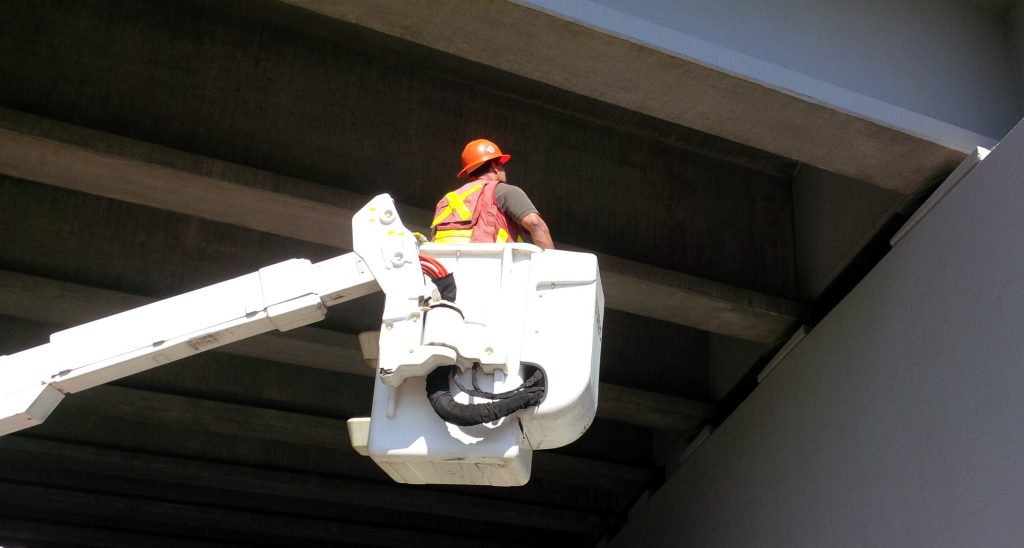
Spanning BC are 2,973 bridges that people drive over to get to their destination. Big or small we’re reliant on them all to travel over terrain (or waterways) that we otherwise could not navigate.
Keeping these (and other structures) solid and safe is all in a day’s work for the Ministry of Transportation and Infrastructure. At the forefront are bridge area managers. We asked Bridge Area Manager Christopher Gordon what he and his colleagues do to keep bridges and other structures upstanding and safe.
What does a bridge area manager do?
Within each of 28 service areas, operations field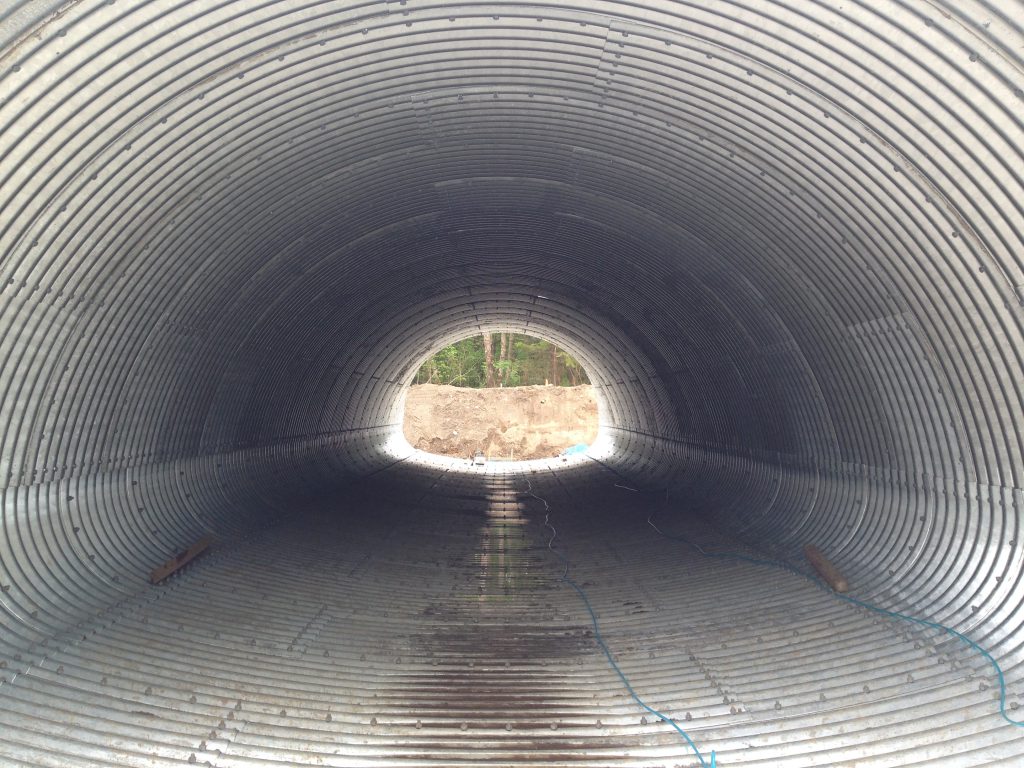 staff are divided into road area managers and bridge area managers, with usually one bridge area manager, or “BAM”, per service area. Each is responsible for the condition of the service area’s major structures – not just bridges but also retaining walls, culverts over three metres in diameter, tunnels and overhead signs that span the road lanes below. (A more accurate name for the position would be Structures Area Manager, or “SAM”!)
staff are divided into road area managers and bridge area managers, with usually one bridge area manager, or “BAM”, per service area. Each is responsible for the condition of the service area’s major structures – not just bridges but also retaining walls, culverts over three metres in diameter, tunnels and overhead signs that span the road lanes below. (A more accurate name for the position would be Structures Area Manager, or “SAM”!)
BAMs/SAMs complete at least one documented inspection on each of these structures annually. Based on the results of these inspections, the BAM works with the maintenance contractor to fix any maintenance-level concerns such as replacing corroded bolts, patching cracks in the bridge deck or repairing broken components. Concerns that appear to be greater than maintenance level are forwarded with recommendations, to the ministry’s structural engineers for discussion and possibly a large-scale repair or replacement plan.
Why is this work important?
In road design lingo, bridges are referred to as control points. They’re located along a route where the road must go because there are no other options. As such, bridges are essential to connecting communities and being able to transport people and goods. 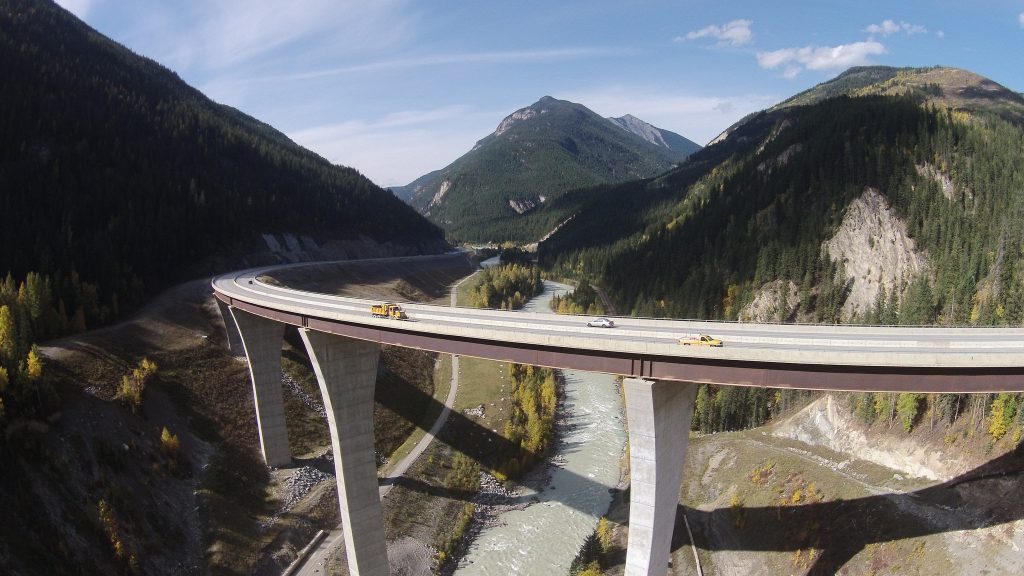
What forces affect bridge conditions (i.e. their strength/life)? Eg. water scouring, salt corrosion, weather, time, collisions?
All engineered structures are subject to not only exterior forces, from water to wind to vehicle loading, but are also always under internal forces of tension and compression. This means that structures are always under some degree of stress, even if it’s not readily apparent. Looking for signs of imbalance between these various stresses is a major part of the BAM’s inspection process and often requires a degree of deductive reasoning.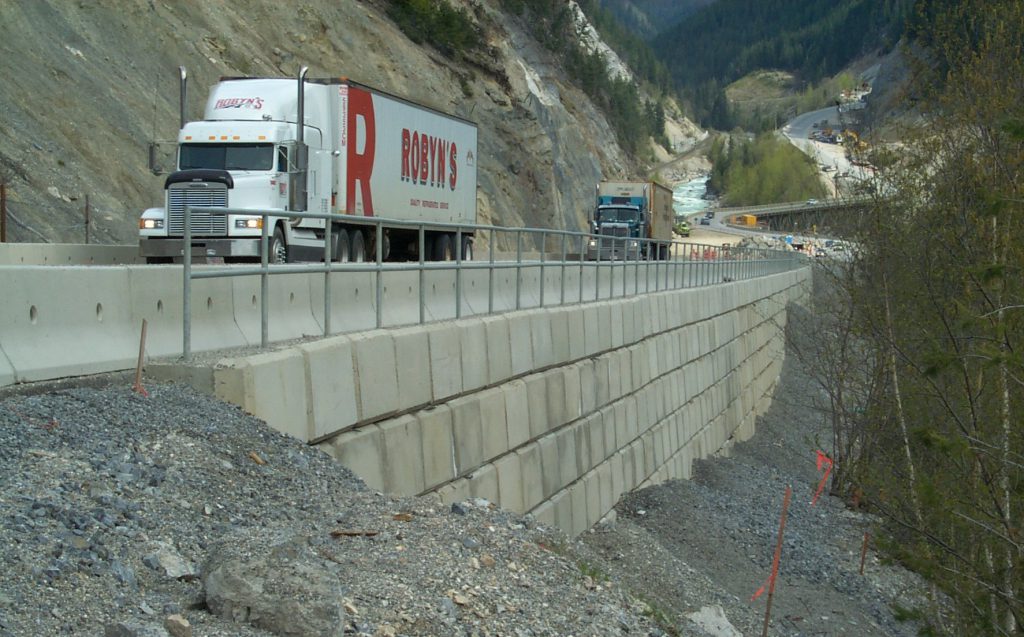
How often are bridges assessed/inspected?
Ministry policy requires at least one documented inspection on each of 4,500 structures every calendar year. These inspections come in one of three levels of detail: a partial inspection of specific components, a routine inspection and a detailed inspection. Partial inspections are usually done after a specific situation comes to our attention, such as a broken cross-brace, or immediately after an impact like being struck by a vehicle. Detailed inspections must be done at a minimum of every five years and include examining the internal condition of various components, via core sampling, stress wave testing or florescent dye tracing.
How do we keep track of their condition?
All inspection results are recorded in our Bridge Management Information System and hard copies are kept on the file in each service area office. The information is accessible to our regional structural engineers and to each maintenance contractor as well.
How do you conduct a routine bridge inspection?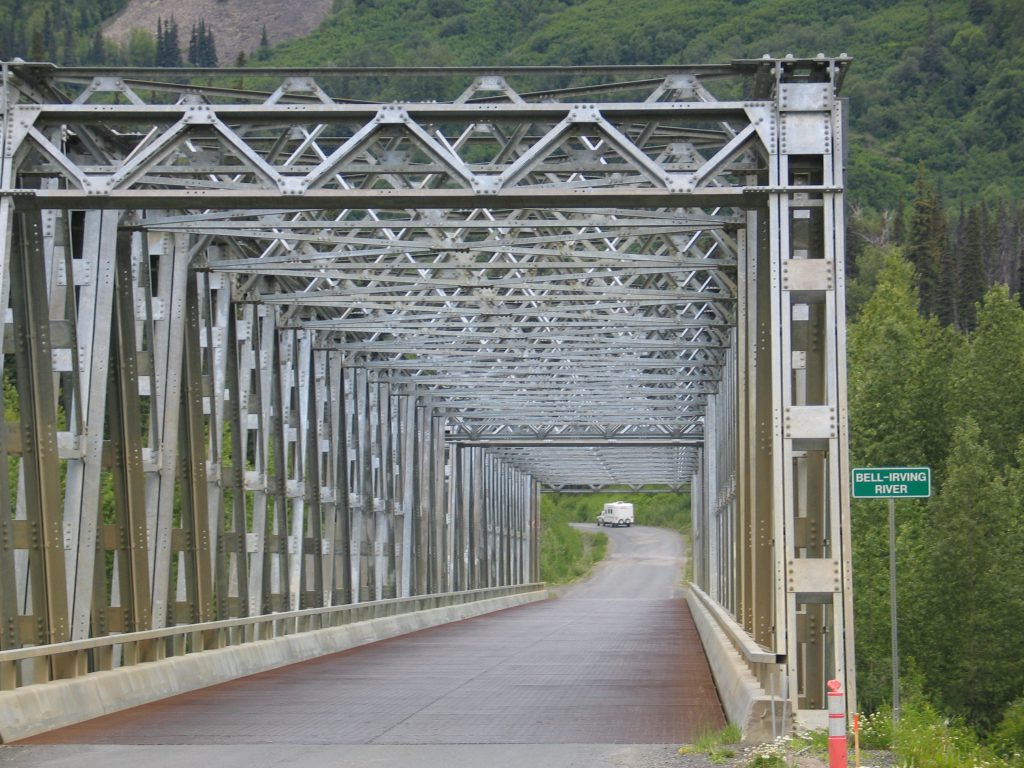
When I start my inspection, I first stand far enough back to take in the entire structure and look for big-picture concerns. Has the structure moved? Is there obvious impact damage? Is anything upstream or overhanging that’s posing a threat to the bridge? Is it making unusual noise or bouncing a lot as traffic drives over?
Then I walk one lane of the bridge deck, looking at joints, sidewalks, railings, drains, overhead lighting and deck condition, taking photos and measurements of any concerns.
Reaching the other side of the span, I walk underneath the bridge, looking at that abutment, the bearings, the subdeck, the embankment and any other substructure components.
I come up on to the other lane of the deck and walk back along that half of the deck, continuing my deck inspection. Then it’s back underneath and inspecting this other abutment and its associated components, finally coming up at my original starting point.
Before concluding my inspection, I review all my notes and photos in case they need more detail. I have a second overview look at the bridge and I email the maintenance contractor with any findings requiring prompt action.
What do you find most challenging/rewarding?
The BAM position appeals to people who enjoy working alone, independent of a daily team. It offers a great deal of autonomy but that comes with a far greater responsibility, due to the consequences –bridge failures are almost always a catastrophic event. It’s a job that requires you to get wet, to work in enclosed spaces or from high ledges, to clamber, climb and crawl in all sorts of weather conditions.
How long have you been doing this work? Where have you been doing it?
I’ve been the Service Area 1 Bridge Area Manager since 2012. Before that, I was a road area manager for four years. Prior to joining the Ministry of Transportation and Infrastructure, I was an engineering officer with the BC Forest Service.
What kind of education/training do you have?
During my 15 years with the BC Forest Service I was almost exclusively focused on road and bridge design, construction and maintenance. The Forest Service provided a lot of formal courses and training which complemented my natural attraction to that sort of work.
Bridges and other structures come in all sizes and shapes:
9 Fabulous Bridge Photos from TranBC Flickr
4 Unseen Engineering Marvels in BC
6 Types of BC Bridges Identified
Have you ever wondered about other aspects of work performed by employees at the Ministry of Transportation and Infrastructure? Let us know below…
Can you please tell me how many timber bridges there are in BC that are located over traffic—4 to 5 lanes of commuter traffic below?
Hi Kim, thanks for connecting with us here and our apologies on the delay. We have forwarded your comment along to our colleagues in structural engineering, and will reply again here when we hear back. Please stay tuned and thanks for your patience.
I liked that you explained that it would be smart to inspect the bridge often. That is good to know that you will want to make sure that you check the rails for damage. Personally, I would want to put sensors on the bridge to see if there is any problems when cars are on the bridge. http://civionicengineering.com/structural-health-monitoring/
Good stuff. Very well told.
A video of a quiet early summer morning chain-drag on a low volume bridge would be cool, too.
Your retaining wall photo is neat bit of history. I was BAM when it was built. Pretty sure I’d have been the one taking that pic. There was a problem with entrained air in the Lok Boks – you can see it beginning to spall.
That’s the old reversing curve “Yoho” steel truss (“Five Mile”) Bridge in the distance. Looking east on the Trans Canada Highway in the Kickinghorse Canyon.
Looks like initial stages of construction of the two that replaced it.
Here’s a picture of what it looked like in 2005 – standing on top of that Lok Blok wall.
Thanks for your insightful comment Grainger – we love hearing from past staffers 🙂
Unfortunately your photo didn’t come through 🙁
You can always share with us @tranbc via Facebook, Twitter or Instagram!